Algebra 1 vocab-Lorcan Neamon
0.0(0)
Card Sorting
1/19
Earn XP
Study Analytics
Name | Mastery | Learn | Test | Matching | Spaced |
|---|
No study sessions yet.
20 Terms
1
New cards
Absolute value
the distance a number is from 0
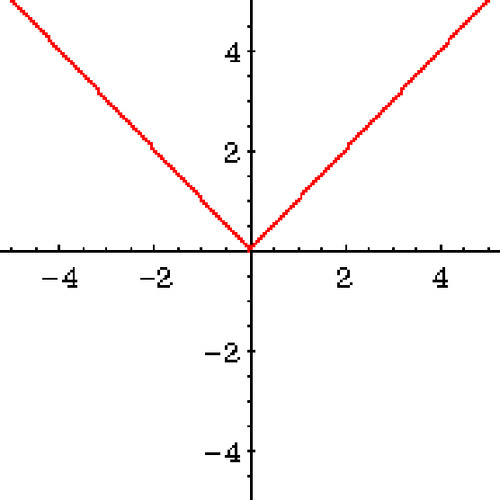
2
New cards
Base
A number that is raised to a power.
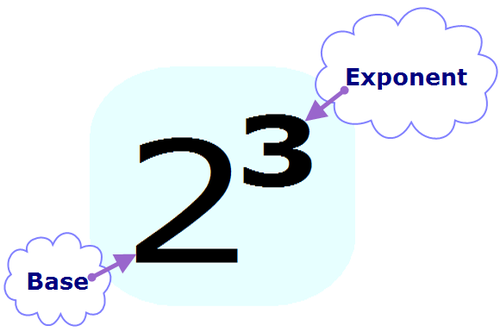
3
New cards
Coefficient
A constant that a variable or expression is multiplied by.

4
New cards
Denominator
The bottom number or expression in a fraction.

5
New cards
Difference
The distance between two quantities, or the answer to a subtraction problem.
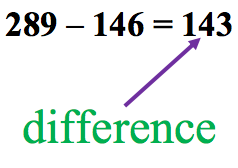
6
New cards
Domain
The set of inputs (x-coordinates) of a relation or function
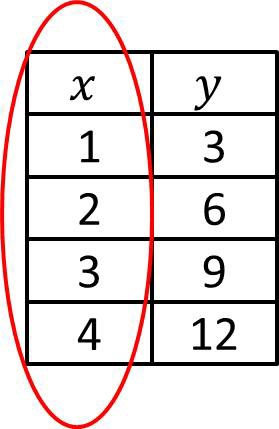
7
New cards
Exponent
In a power, the number of times the base is multiplied by itself.
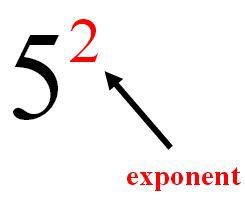
8
New cards
Exponential decay
When an initial amount decreases by the same percent over a given period of time
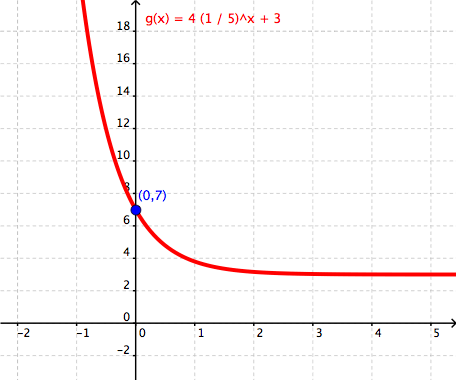
9
New cards
Exponential growth
growth whose rate becomes ever more rapid in proportion to the growing total number or size.
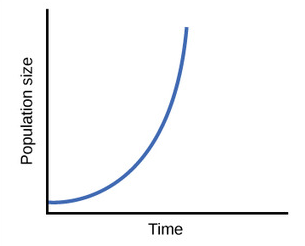
10
New cards
Monomial
A product of variables and numbers, like 3x or 5x2. A monomial is also sometimes called a term.

11
New cards
Polynomial
A sum of monomials. Usually terms with higher powers are written first.

12
New cards
Range
The set of outputs (y-coordinates) of a relation or function.
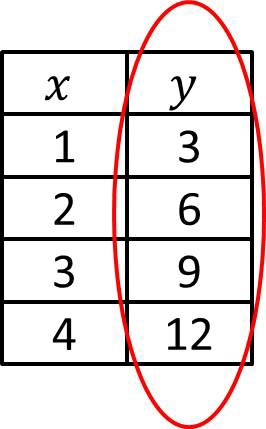
13
New cards
Reflection
A transformation that "flips" a figure over a mirror or reflection line.
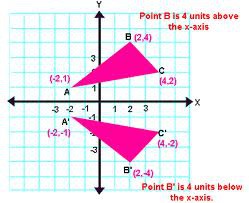
14
New cards
Rotation
Rigid motion around a fixed center , with turning but no reflection.
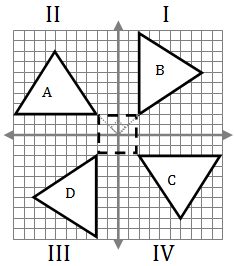
15
New cards
Scatter plot
Dots in the coordinate plane representing pairs of linked measurements, such as heights and weights for a group of people.
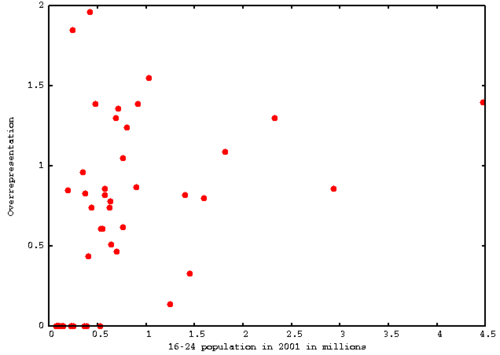
16
New cards
Sequence
A list of numbers that may be generated by some rule.
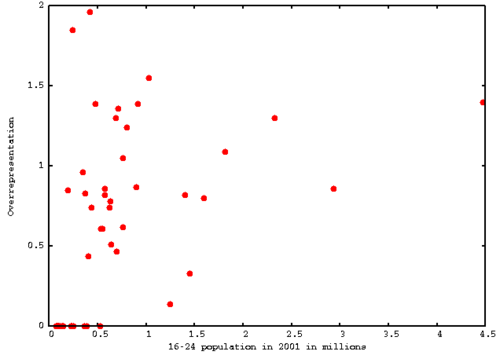
17
New cards
Slope
A number that measures how steep a line is. It shows the amount of change in the height of the line as you go 1 unit to the right. The slope of the line y=mx+b is m.
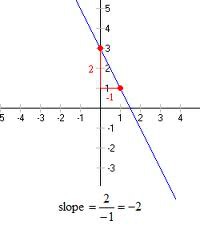
18
New cards
Substitution
In an expression or equation, eliminating a variable by replacing it with another expression that it is equal to.
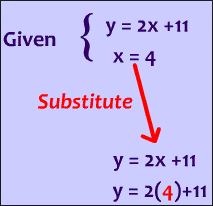
19
New cards
x-intercept
A point where a curve meets the horizontal axis (the x-axis).
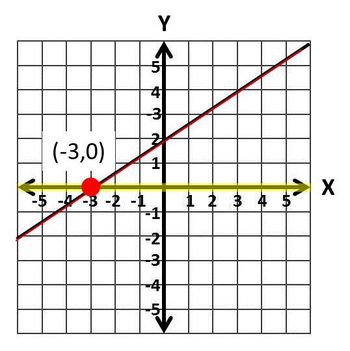
20
New cards
y-intercept
A point where a line or curve meets the vertical axis (the y-axis). The y-intercept of the line y=mx+b is the point (0,b).
